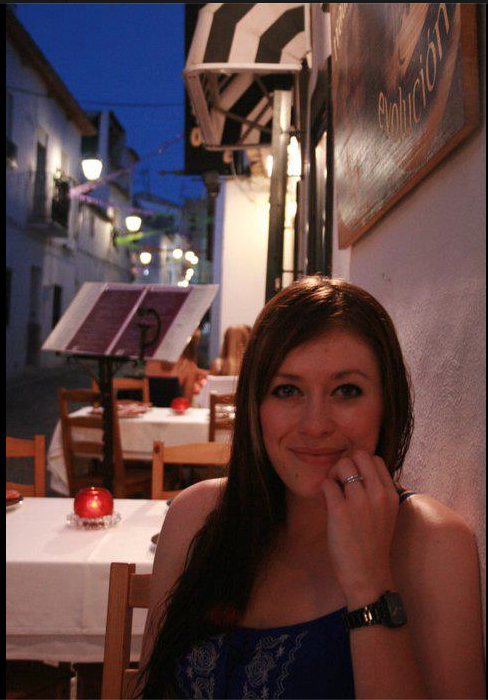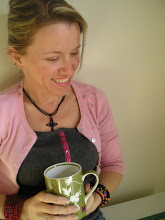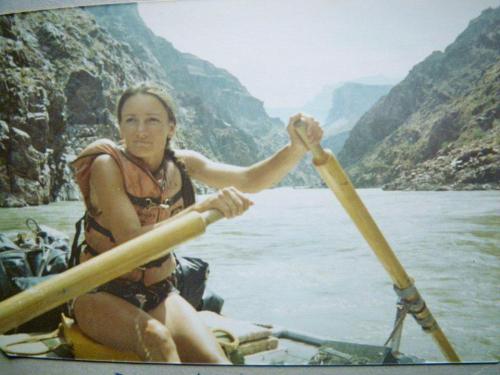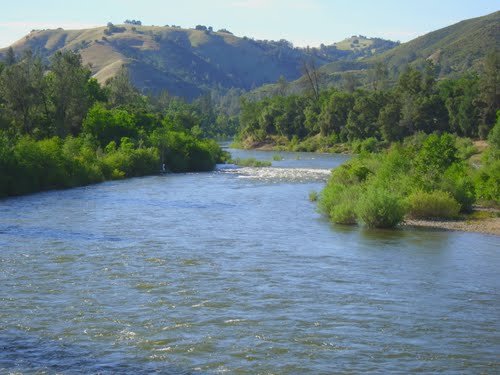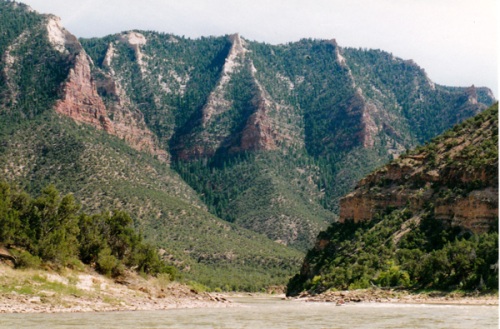I could not be more delighted to host my very first guest author, Christina Mercer, who is also one of my dear Indie-Visible writing colleagues. Christina generously agreed to join me in a meshing-of-two-books-interview today, in honor of Earth Day, a celebration near to both our hearts. Indie-Visible posed the questions, and if you have any of your own, please comment!

Arrow of the Mist by Christina Mercer
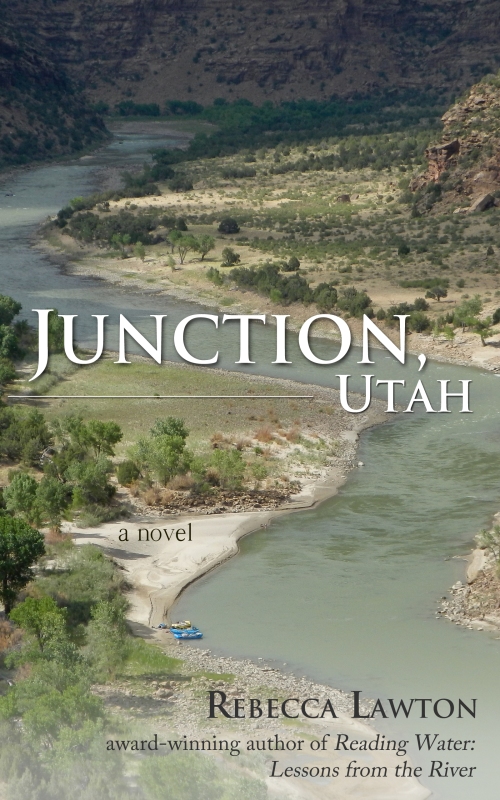
Junction, Utah, by Rebecca Lawton
Arrow of the Mist by Christina Mercer and Junction, Utah, by Rebecca Lawton, novels just released by these indie authors, both star strong female protagonists. The characters negotiate worlds in different backgrounds and genres, but the wo-tagonists (woman protagonists) carry on a time-tested tradition in which the main character, female in this case, faces struggle and danger to triumph (or not).
Indie-Visible caught up with the authors in a conversation about what their leading ladies of literature have in common.
Q: Tell us briefly about your novels. Arrow of the Mist is a young adult fantasy tale, and Junction, Utah, is eco-fiction. Other than noting these separate genres, can you tell us what kind of story you set out to write?
Mercer: A hero’s quest that showcased nature as both the enemy and ally.
Lawton: A page-turner that highlighted nature as something worth fighting for.
Q: Both your wotagonists are tasked with heroic challenges. Did you set out to create a strong female character facing down the world, or did she evolve into that during the writing?
Mercer: I set out from the beginning to create a strong character with a good foundation of knowledge. But I also gave her an impulsive temperament and untapped magic, which required effort and sacrifice in order for her to master.
Lawton: I sensed early on that my lead character would be strong, but developing her heroic side evolved during revision. Madeline’s key attribute, reticence rooted in painful secrets, did not emerge until my next-to-last rewrite. My desire to set her apart from her colleagues in some fully tangible way brought about the change in her conversational style.
Q: Your protagonists undertake journeys, Lia to the forbidden land of Brume and Madeline to Junction, Utah. How did you prepare for the challenge of portraying changing landscapes and cultures throughout the arc of your novels?
Mercer: In a way, the trees led me. The story parallels a Celtic style tree calendar, so as Lia progresses through the landscape, it changes according to the next tree’s habitat and lore.
Lawton: I had the benefit of decades of familiarity with all the settings in the book, except for those in Germany. Therefore portraying the kaleidoscope of landscapes and people was a joy, like living in and with them again.
Q: Kelven and Chris, the men who pull your heroines’ heartstrings, accept your wotagonists just as they are. The same cannot be said about everyone in your novels. Can you fill us in a bit about the relationship dynamics and your intentions for them?
Mercer: Kelven depicts a love interest who is steadfast and calm, and whose love for Lia is enhanced rather than diminished by the strange physical changes she undergoes.
Lawton: Chris, too, has a strong, steady nature. I wanted him to balance Madeline’s impulsiveness and groundless nature. That Chris sees her beauty and potential compatibility in spite of their differences was something I wanted to explore.
Q: Lia and Madeline both have impressive experience in relating to the natural world, Lia with her herbalcraft and Madeline with rivers. Are their competencies based on anything in your lives?
Mercer: I hold a Certificate in Herbal Studies from Clayton College of Natural Health, as well as attended various workshops on herb foraging and herbal crafts. I also have an informal love of how mythology and nature are entwined.
Lawton: Yes, I was a white-water guide for many years, and some of Madeline’s background parallels my own. Her skill with boats, ropes, emergency medicine, and the outdoors in general is based on my life and in some cases the lives of my friends and colleagues.
Q: Who would play your heroines in the film versions of your stories?
Mercer: Bella Thorne with green contacts.
Lawton: This role as still uncast in my mind. The visualization of her appearance is up to the reader.
Q: Do you have more to write about these women in possible sequels?
Mercer: Yes, Lia will continue her quests to save the land, her loved ones, and her soul in the sequel Arms of Anu, to be released (fingers crossed!) by the end of this year.
Lawton: I’m not sure. I’ve only begun to consider the possibility of continuing to write Madeline’s story. Perhaps after my short story collection is done.
Q: How did you choose the names of your protagonists?
Mercer: In Gaelic, Lia can mean either “healer” or “stone,” both of which fit for an herb mage who wields magic from a stone. I chose her last name as Griene, which is a takeoff of the Gaelic word for sun.
Lawton: For the longest time, I had no idea what to name my protagonist. Was looking for a no-nonsense name that also had a ring of loveliness. I’ve always liked the name Madeline, and when I stumbled upon it while running through a mental list of my friends, it satisfied. Her last name, Kruse, pays homage to her nomadism.
Q: What do you think Lia and Madeline will be doing at age 40?
Mercer: Lia will be teaching the people how to search out herbs and craft remedies for themselves. She’ll continue to speak to the trees and fae for wisdom, and she and Kelven will enjoy riding through the woods and spending time with their grandchildren.
Lawton: Madeline will be just done with one of life’s biggest tasks, but I can’t share more without spoiling the ending. She will still be running rivers, loving nature, and standing up for it in her firm and gentle way.
Q: Do your current writing projects involve strong female protagonists?
Mercer: Yes. Arms of Anu continues to put Lia in all sorts of situations where she must take charge. My newest Young Adult manuscript also depicts a teen girl whose only hope for freedom depends on her inner strength and blossoming wisdom.
Lawton: Yes. What I Never Told You is a collection of short stories, all about water, and many with strong lead females.
Q: Do you have daughters or nieces or other young relatives who you think will be inspired by your wotagonists?
Mercer: I have nieces and perhaps someday granddaughters who I hope will be inspired by my protagonists. Girls can ride horses, shoot bows, and outwit adversaries as much as anyone. Plus, maidens have the added advantage of spotting unicorns.
Lawton: Yes, I have a twenty-three year-old daughter who has fallen in love with rivers, and she has a few seasons of guiding under her belt now. Whether Madeline strikes a note with her or not (Rose was a Beta reader), I don’t know. I also have a thirteen year-old niece, Phoebe, who I hope reads and loves Junction someday. Phoebe reads voluminously!
Q: Who do you think are positive role models for young women today?
Mercer: In the land of Hollywood, good role models are hard to find, but there are a few: Meryl Streep, Kate Winslet, and Celine Dion come to mind. And I believe J.K. Rowling proved just how much a single mom can overcome. In ancient times (more akin to the setting of my story), I’d have to choose Queen Elizabeth I. She kicked butt on the throne for 45 years.
Lawton: I just revisited old films of Gloria Steinem, and I’m reminded what a fantastic role model she remains to this day. Her recent work with a women’s writing retreat I’ve attended, Hedgebrook, is positive and laudable. In the world of rivers, many little-known women pioneered the profession of whitewater guiding and the majority are still going strong in their various second or third careers. Among writers, I find Barbara Kingsolver, Gretel Ehrlich, Terry Tempest Williams, and the late Ellen Meloy to be gentle leaders and inspirational figures.
More on Christina:

- Christina Mercer
Christina Mercer writes fiction for children and young adults. She earned a degree in Accounting from California State University at Sacramento and a Certificate in Herbal Studies from Clayton College of Natural Health. She took Writer’s Best in Show at the 2012 SCBWI CA North/Central Regional Conference and was a semi-finalist in the 2010 Amazon Breakout Novel Award Contest. Christina is the Reviews Director and an Author Member at Indie-Visible.
Christina Mercer’s Arrow of the Mist is available at Amazon, Barnes & Noble, Kobo, and Smashwords.
More on Rebecca:

Becca Lawton
Rebecca Lawton was among the first women whitewater guides on the Colorado River in Grand Canyon and on other rivers in the West. Her essay collection on the guiding life, Reading Water: Lessons from the River (Capital Books), was a San Francisco Chronicle bestseller and ForeWordNature Book of the Year finalist. Her essays, poems, and stories have been published in Orion, Sierra, The San Francisco Chronicle Magazine, Shenandoah, THEMA, More, and other magazines. She blogs about writing and environmental issues at Writer in Residence.
Rebecca Lawton’s Junction, Utah is available at Amazon, Smashwords, Barnes and Noble, Kobo, or at various indie bookstores.


